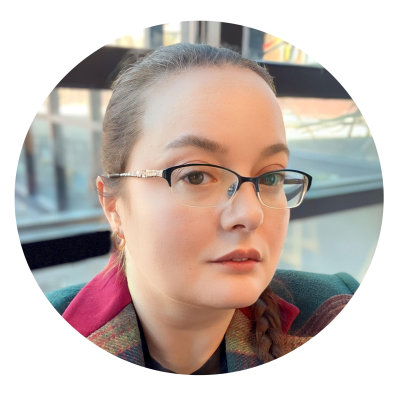|
|
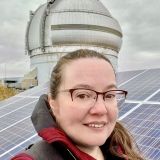 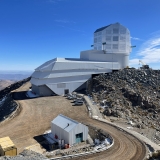
|
Wayne State University, Detroit, Michigan, January 2016 (PhD) download Abstract: We describe a system to measure the Quantum Efficiency in the wavelength range of 300nm to 1100nm of 40x40 mm n-channel CCD sensors for the construction of the 3.2 gigapixel LSST focal plane. The technique uses a series of instruments to create a very uniform flux of photons of controllable intensity in the wavelength range of interest across the face the sensor. This allows the absolute Quantum Efficiency to be measured with an accuracy in the 1% range. This system will be part of a production facility at Brookhaven National Laboratory for the basic component of the LSST camera. |
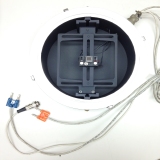 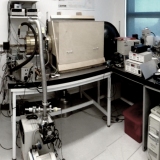
|
Wayne State University, Detroit, Michigan, January 2012 (MSc) download Abstract: The LBNL Microsystems Laboratory produces backside illuminated, high resistivity, p-channel, charge-coupled devices (CCDs). A system was developed to test the quantum efficiency (QE) of the CCDs; the percentage of electrons that are emitted from the CCD surface per amount of light that it's exposed to. The QE system was designed and constructed to test CCDs of a much smaller size then what is currently produced. To continue testing, I redesigned the QE apparatus to make room for the new, larger size, CCDs while still preserving measurement accuracy. I removed the photodiode that formally sat alongside the CCD in the Dewar, and installed it in a separate container. Instead of the CCD and the photodiode taking flux measurements simultaneously, the processes are now preformed separately. The error caused by the separation has remained less than 1.78%. |
Original Website Source Code: jonbarron.info
